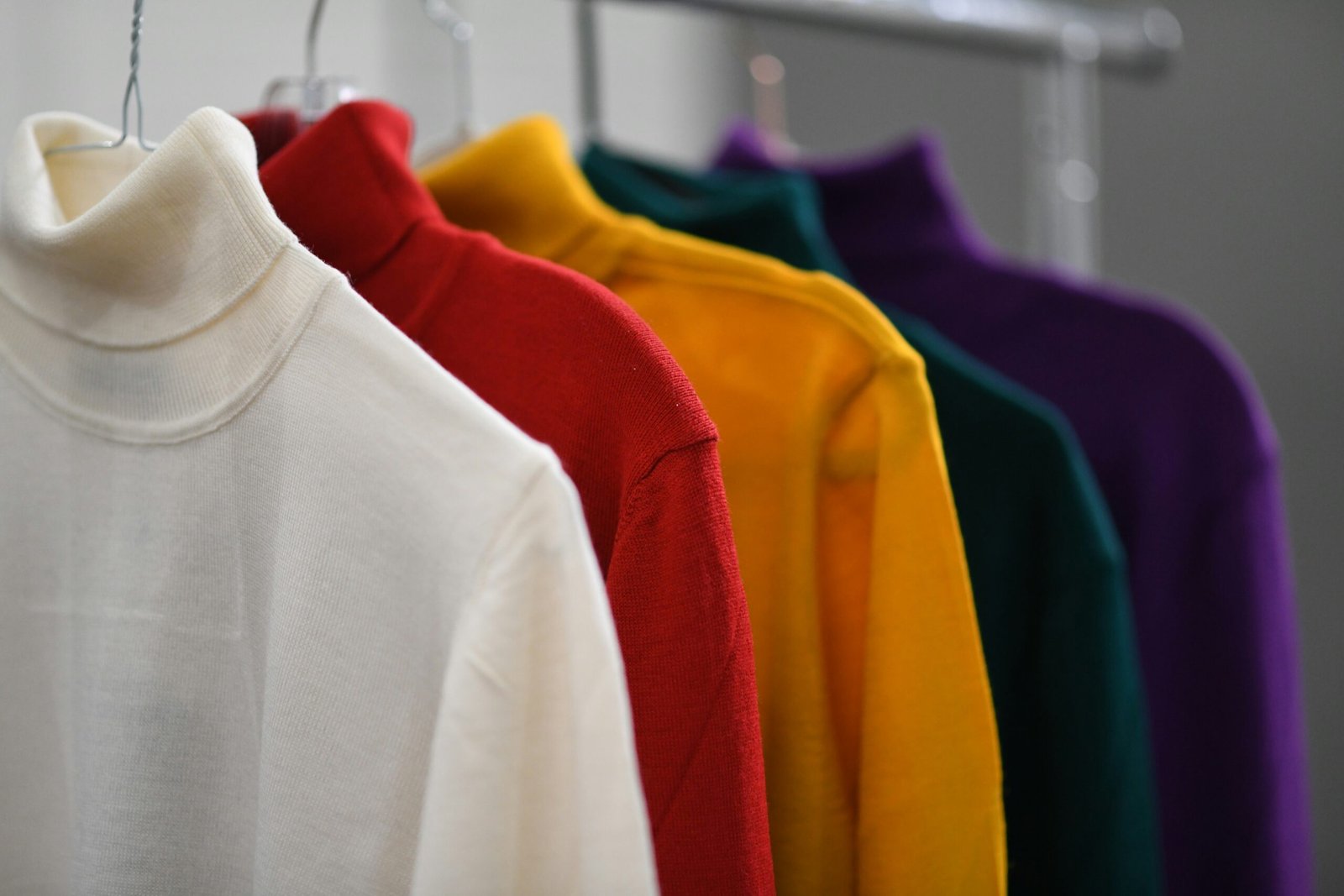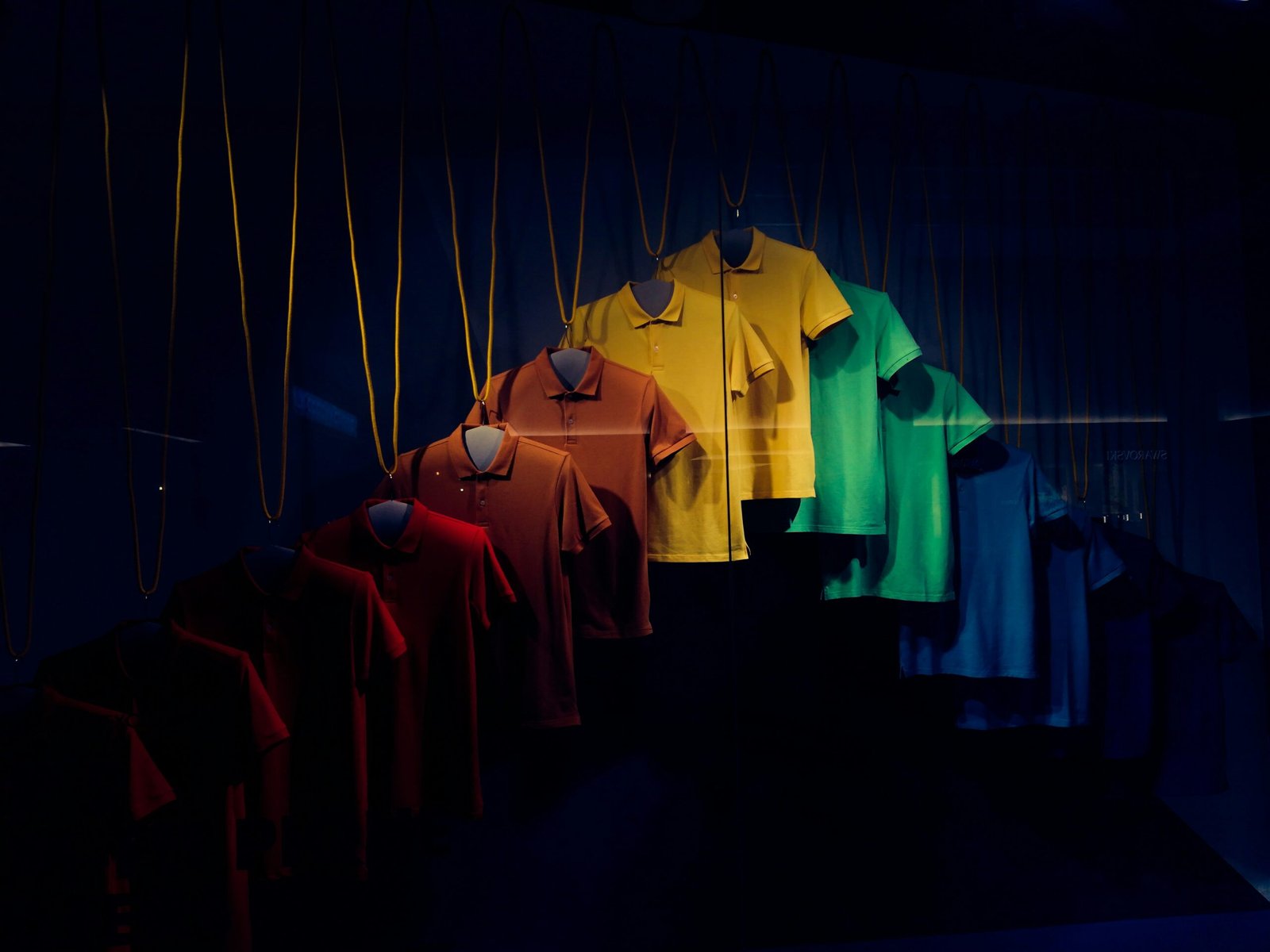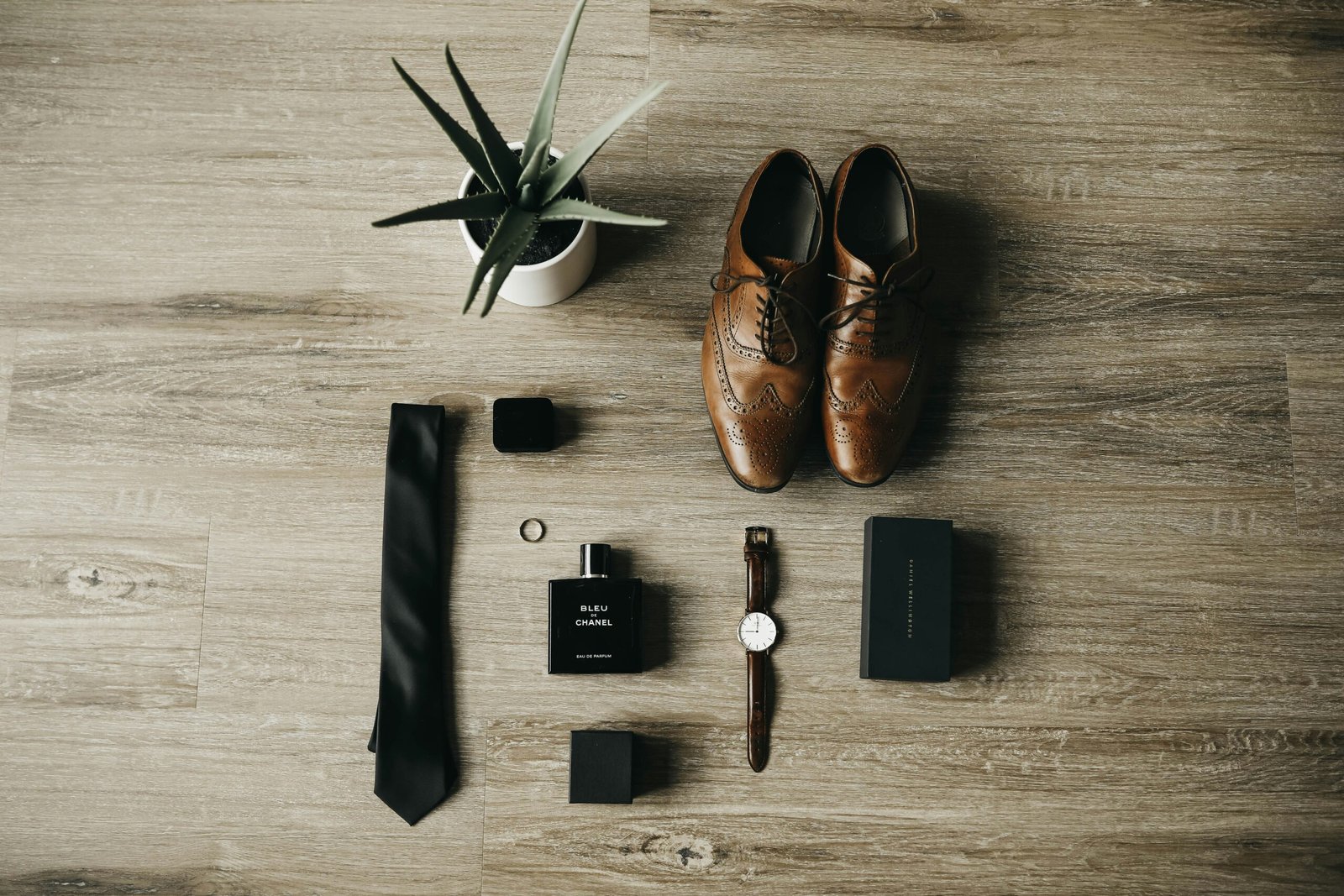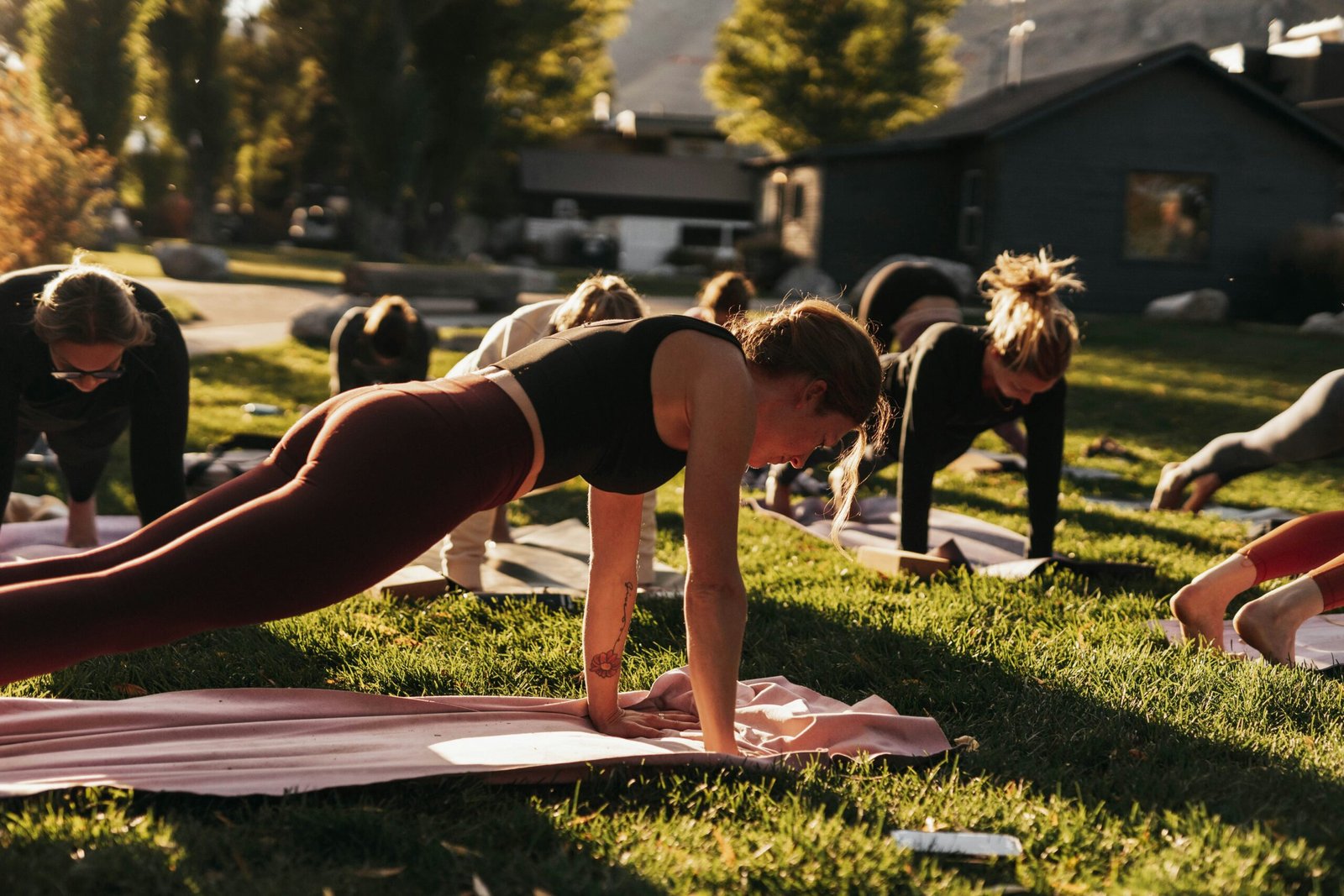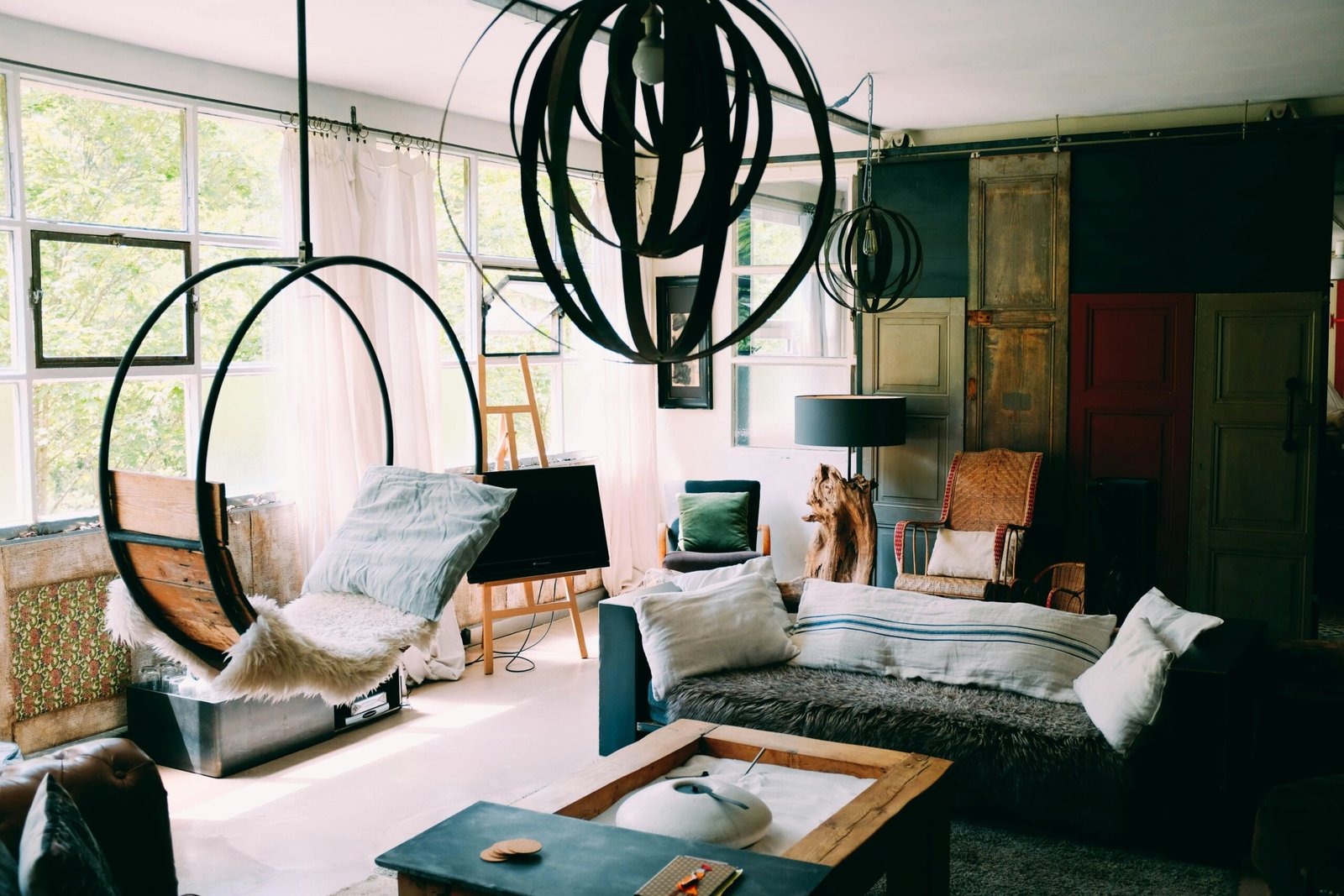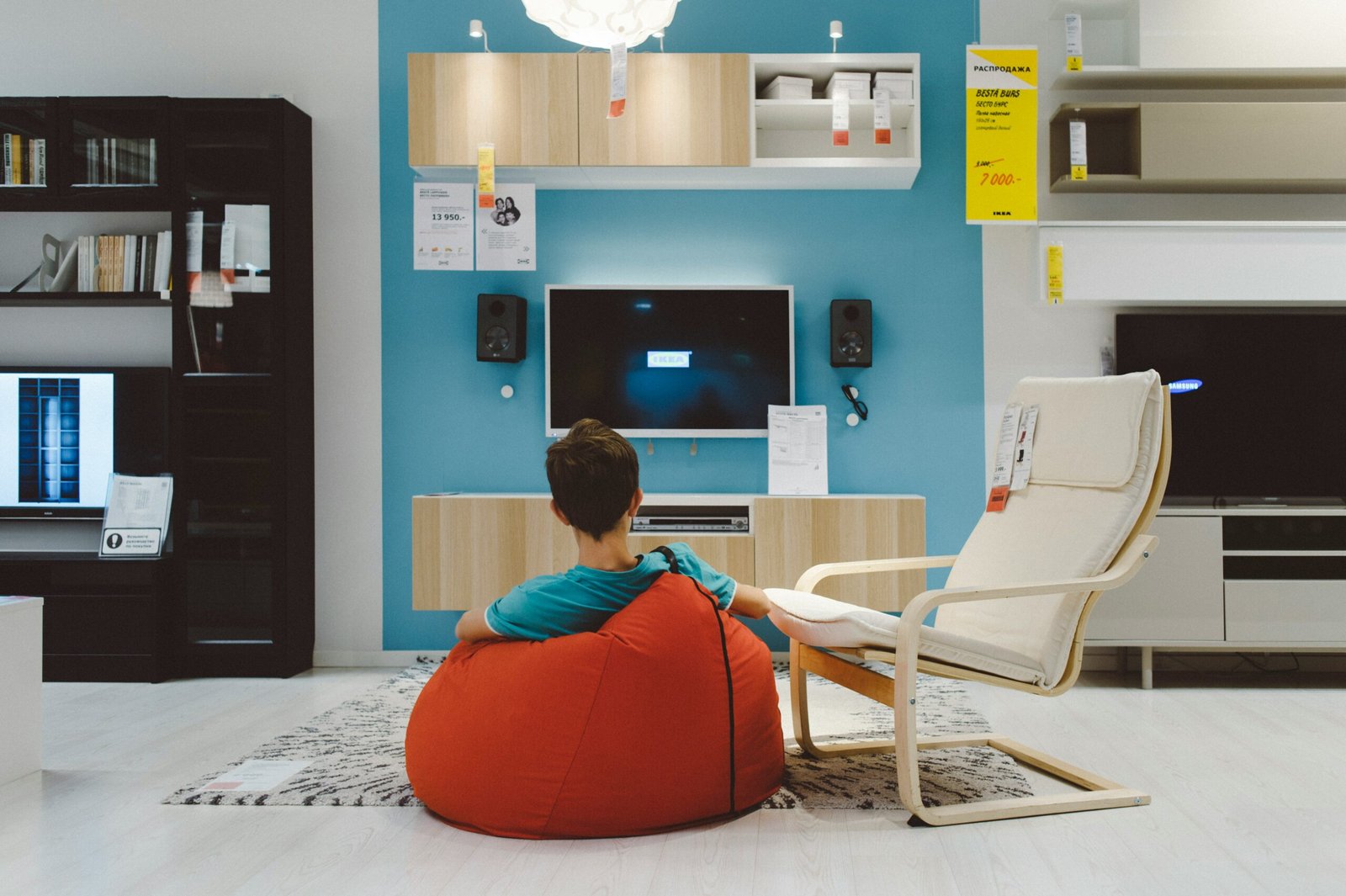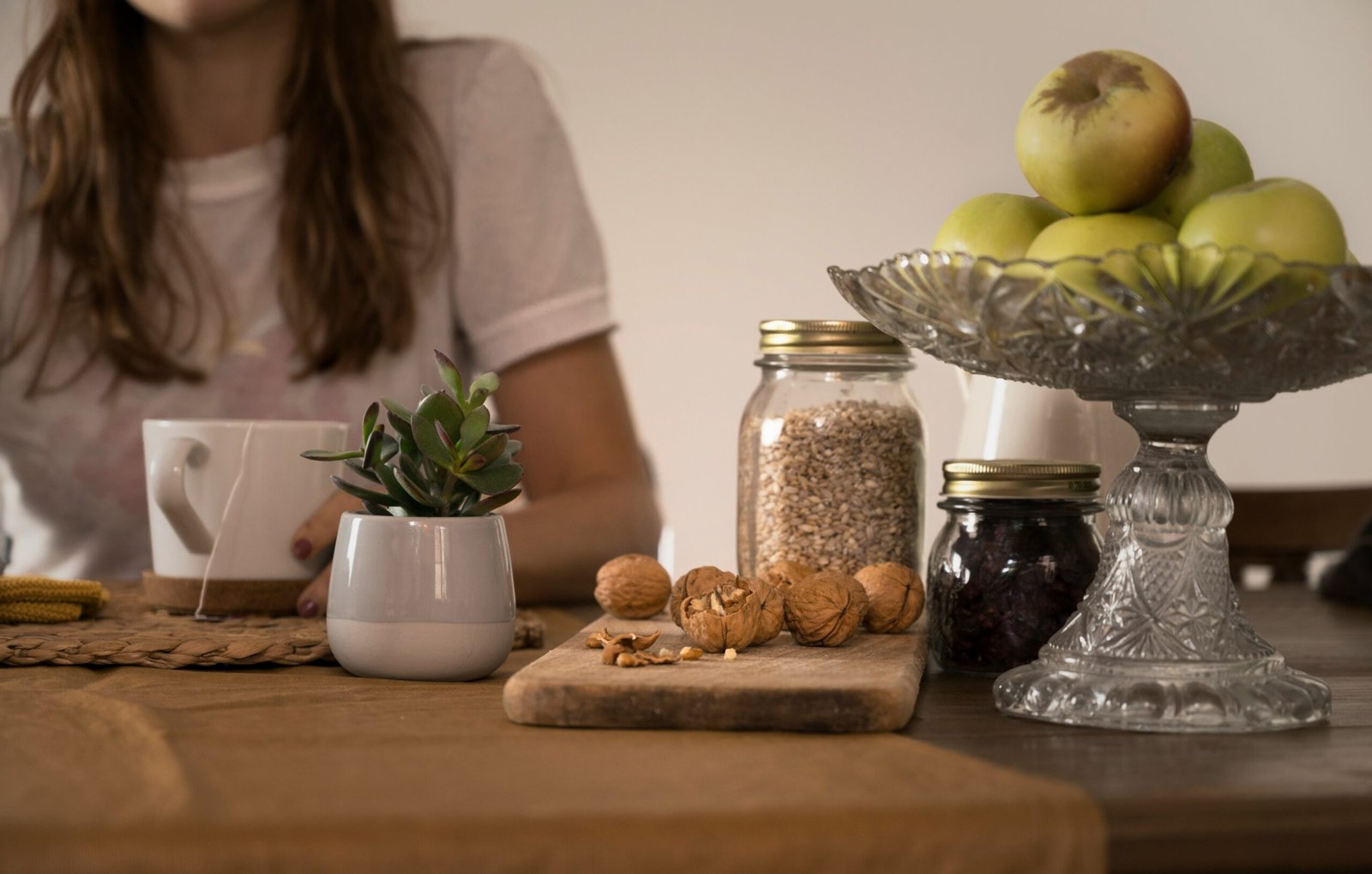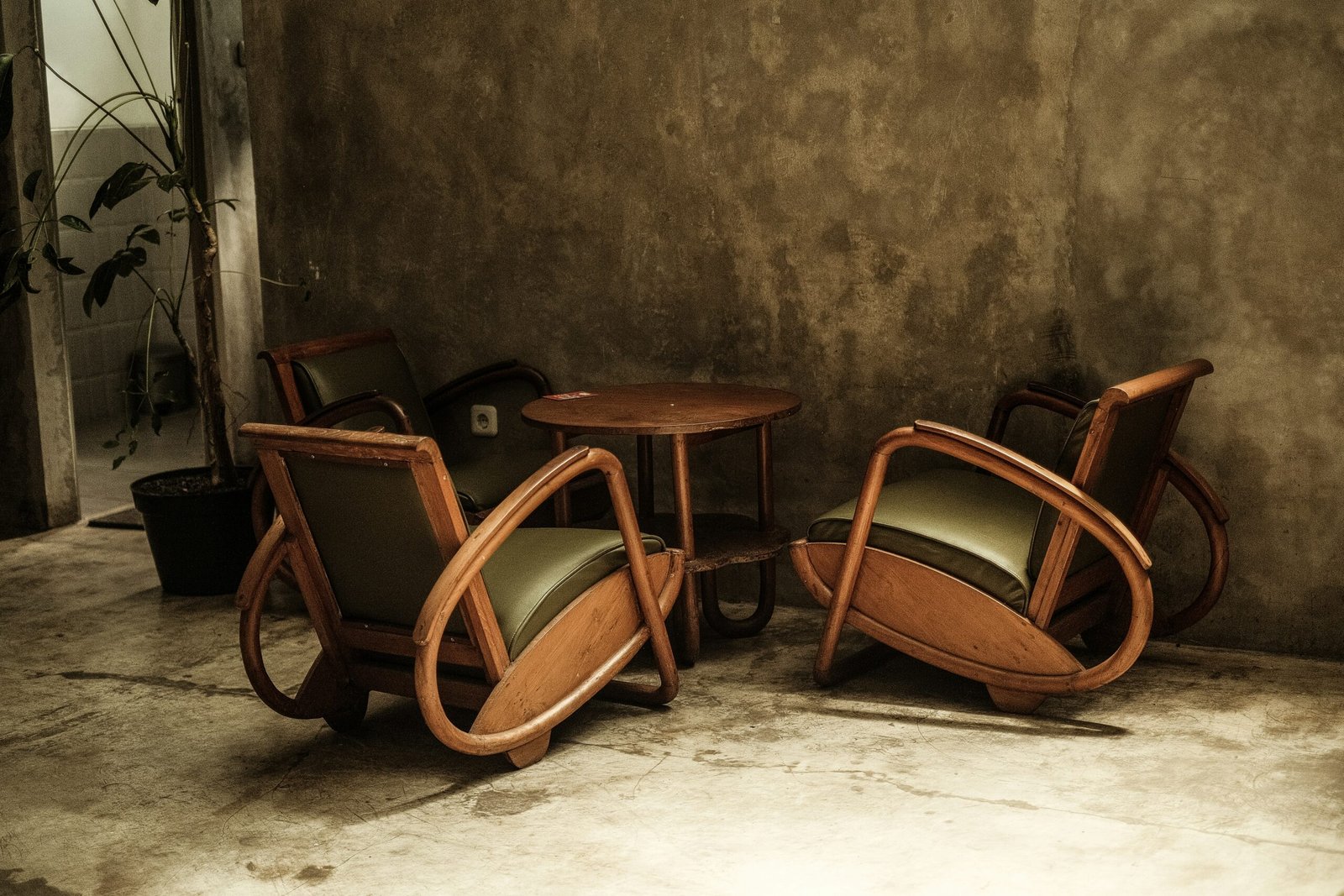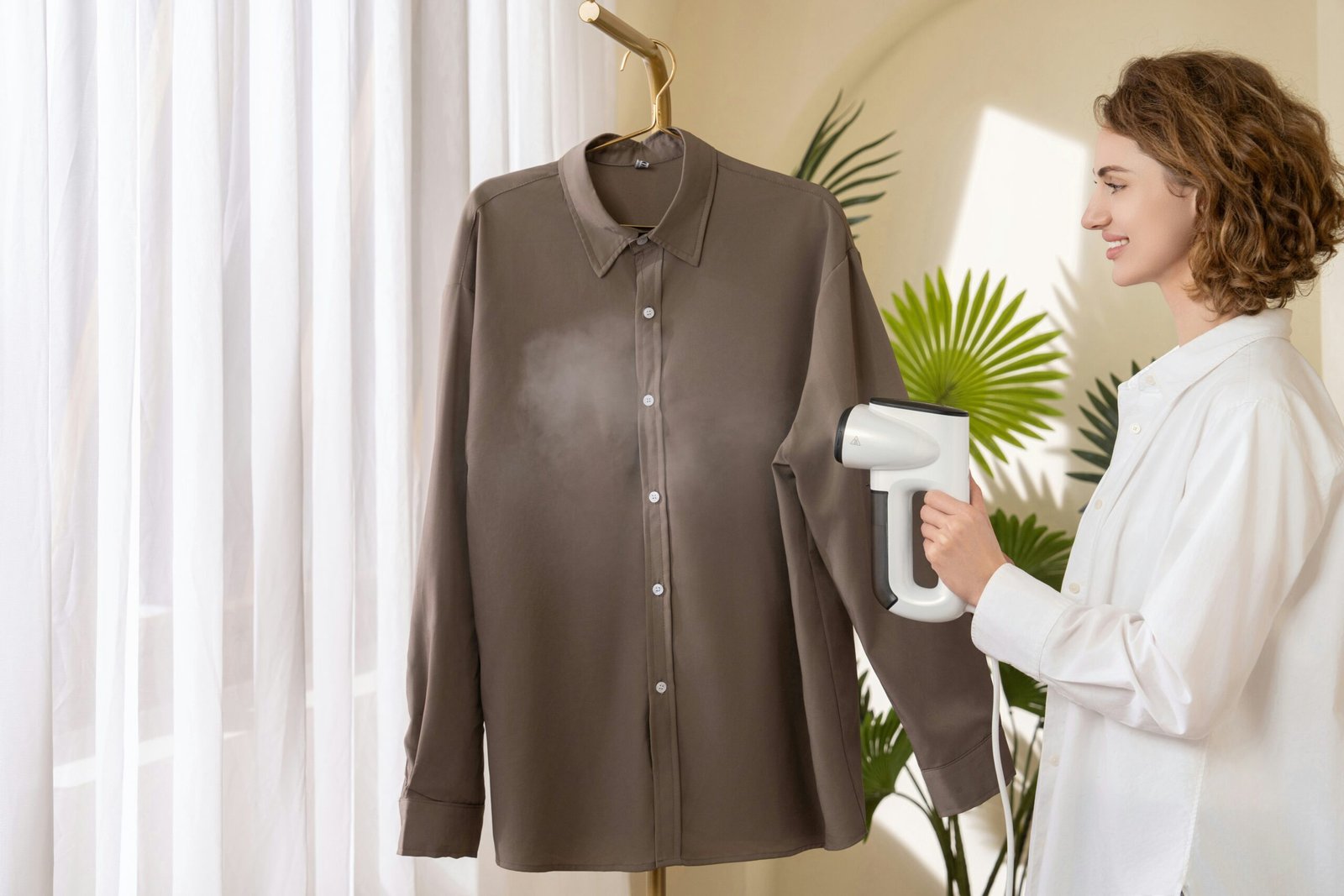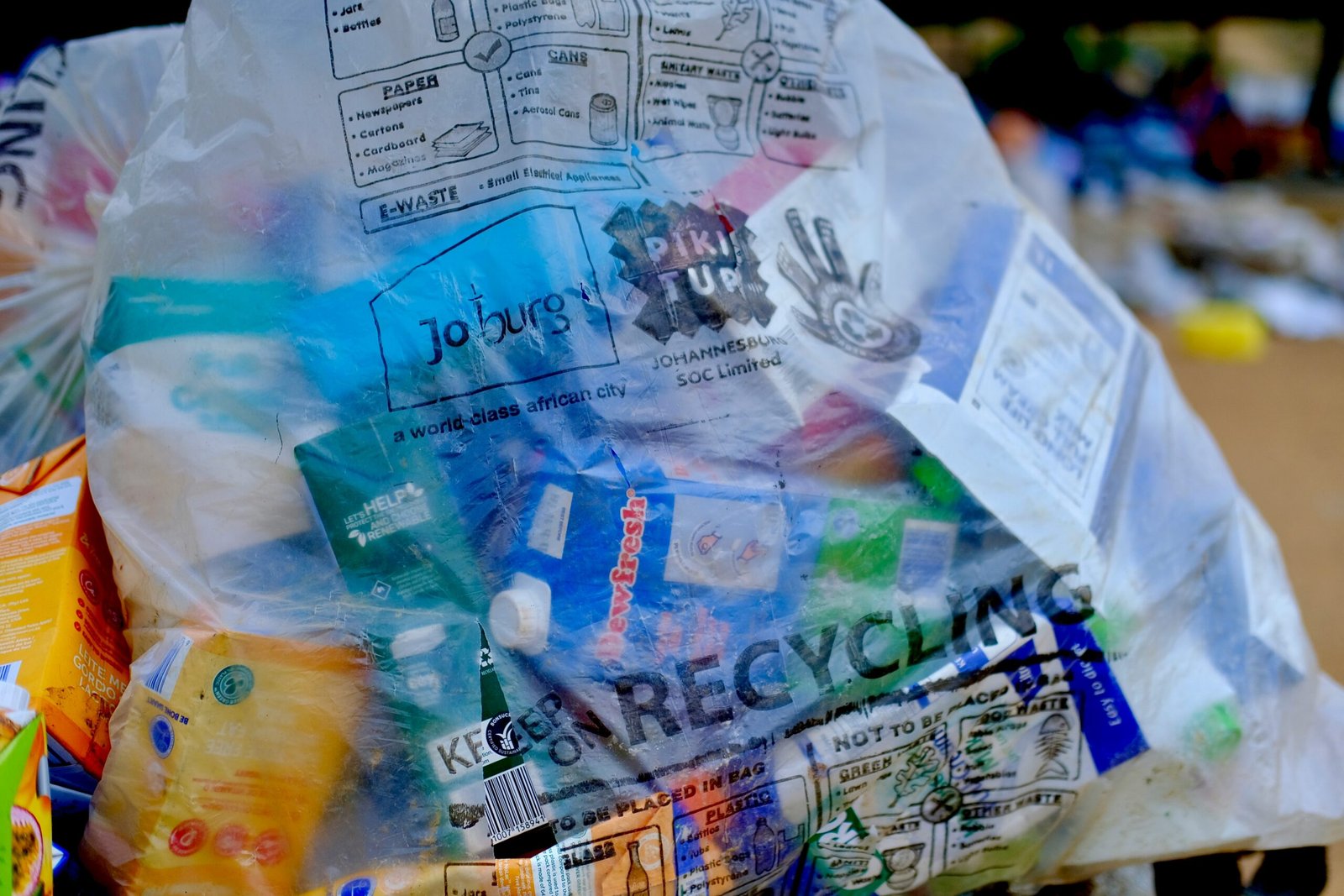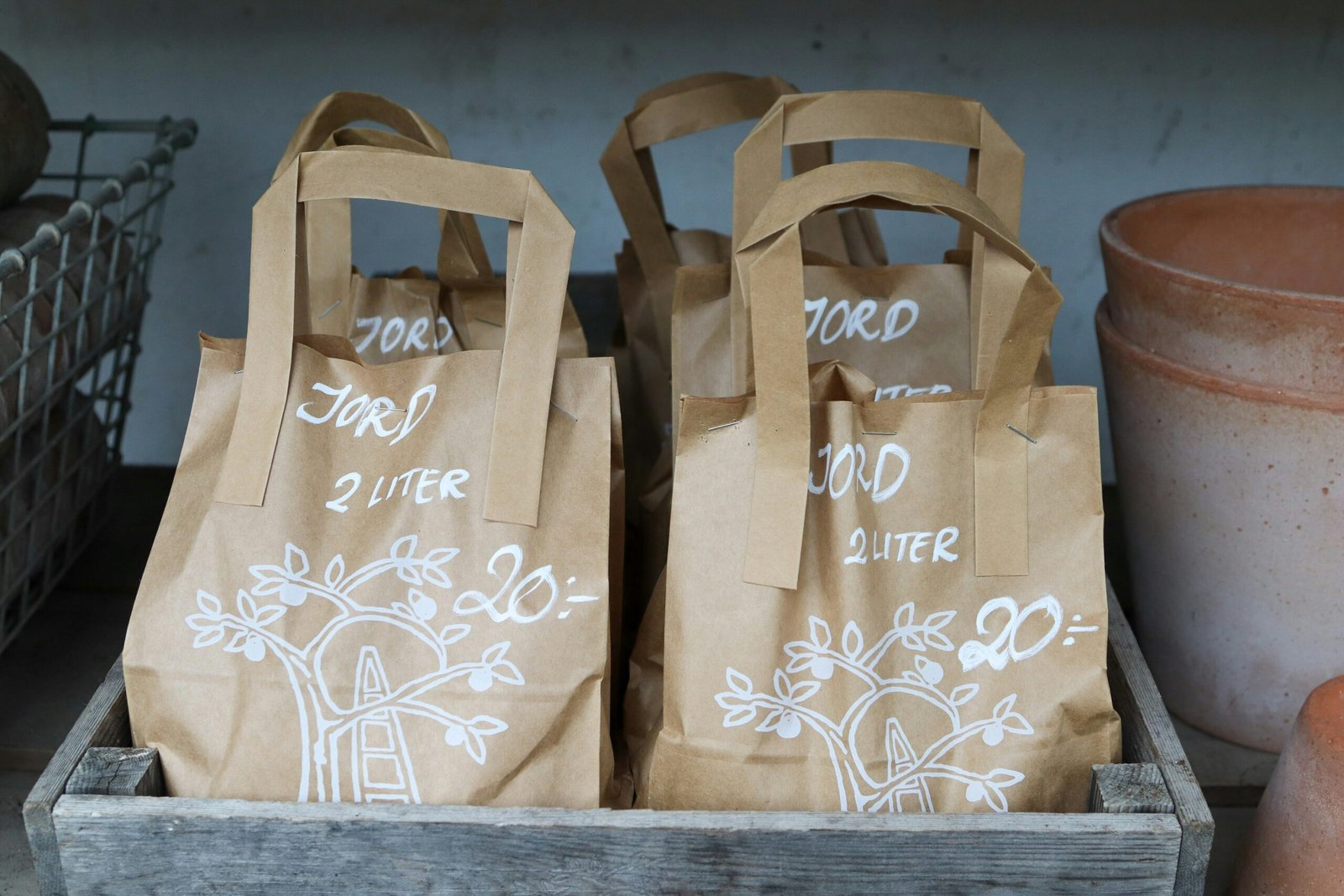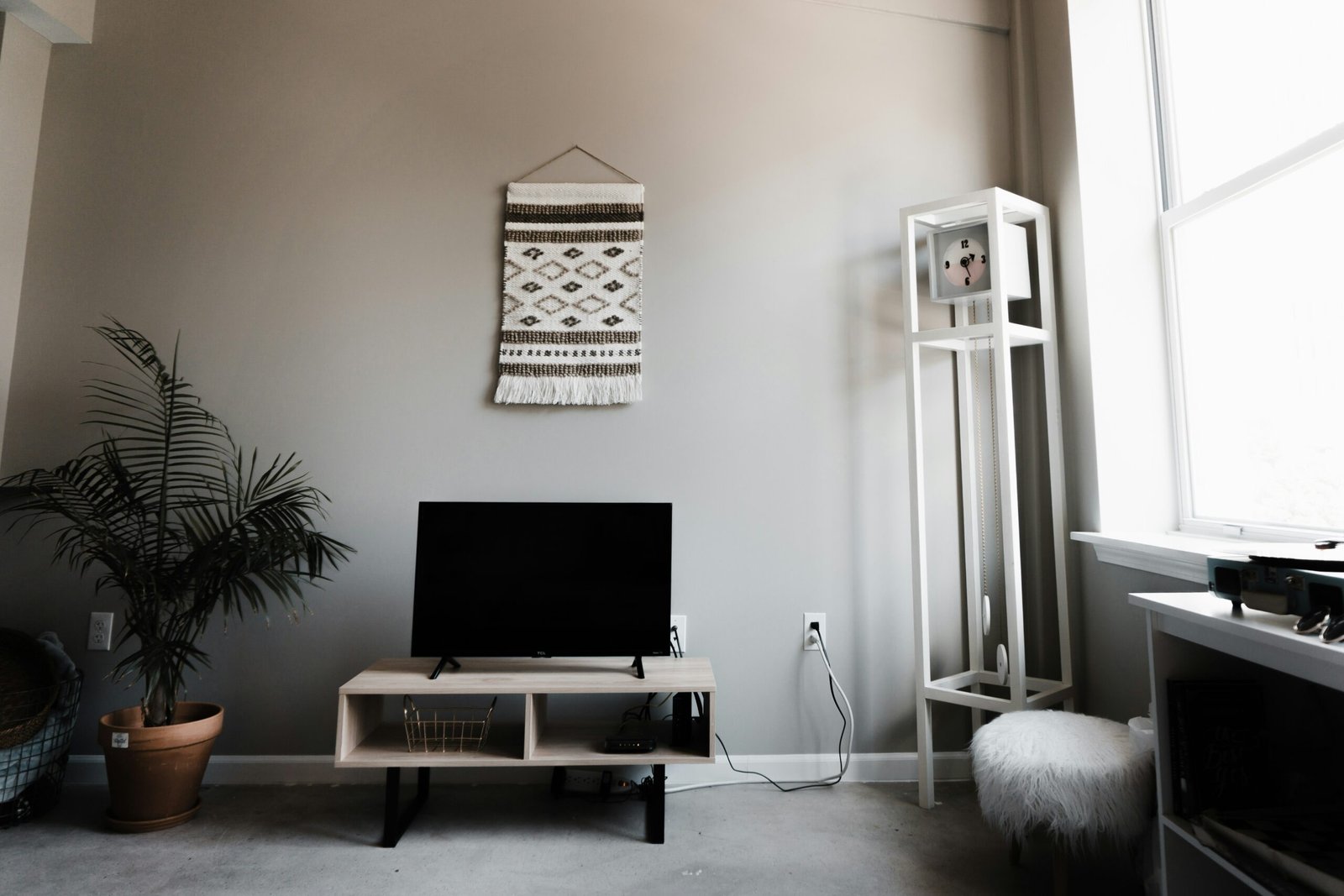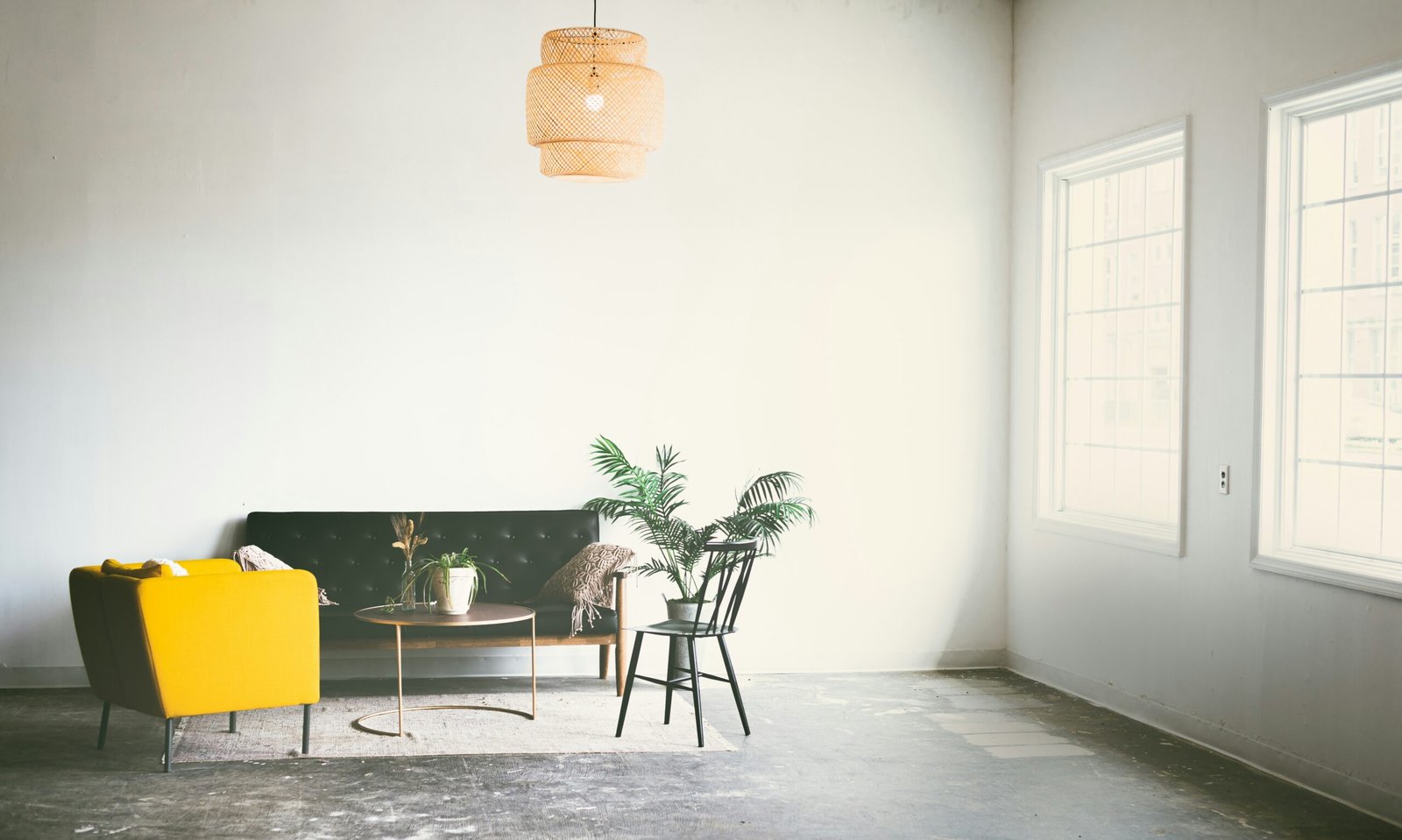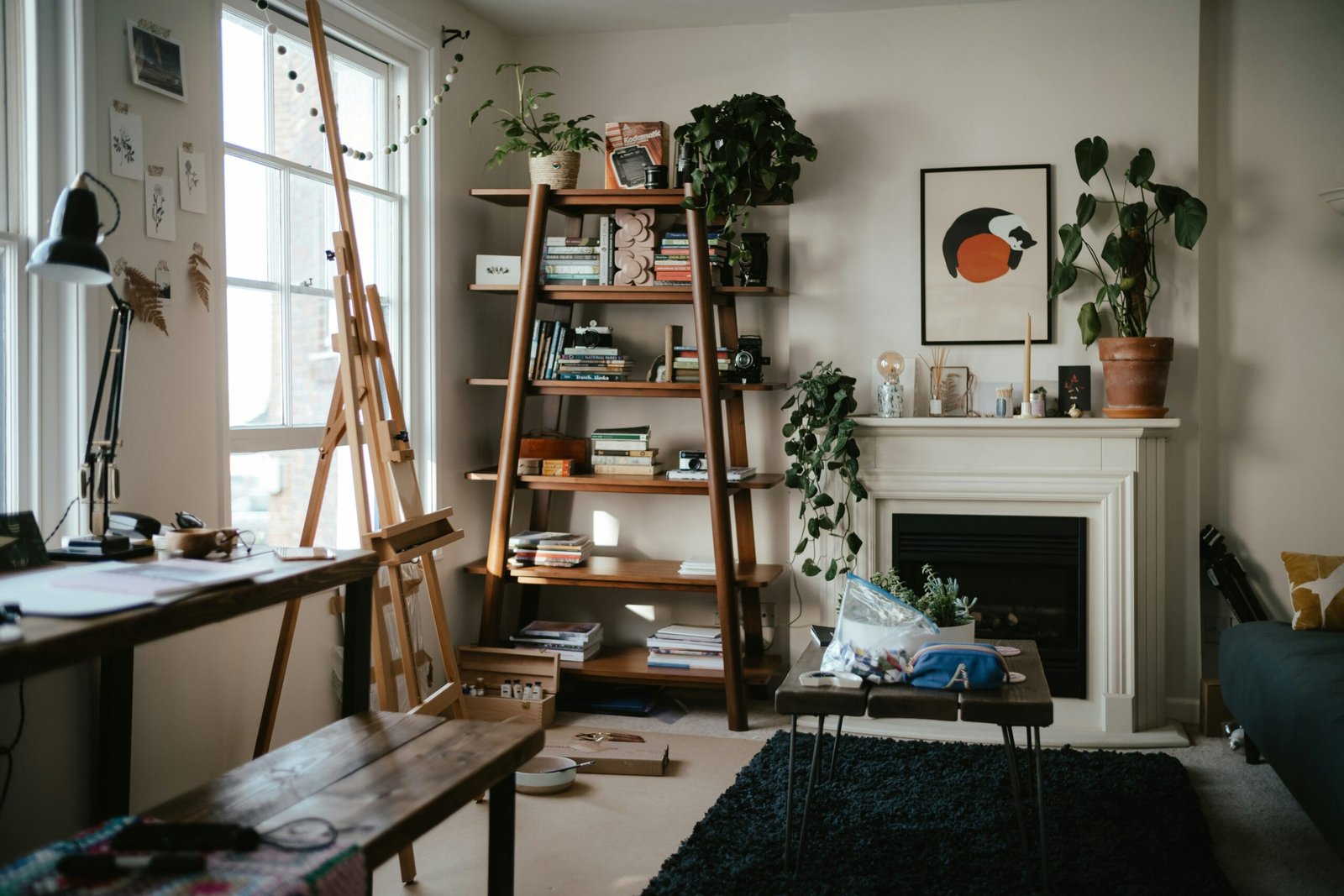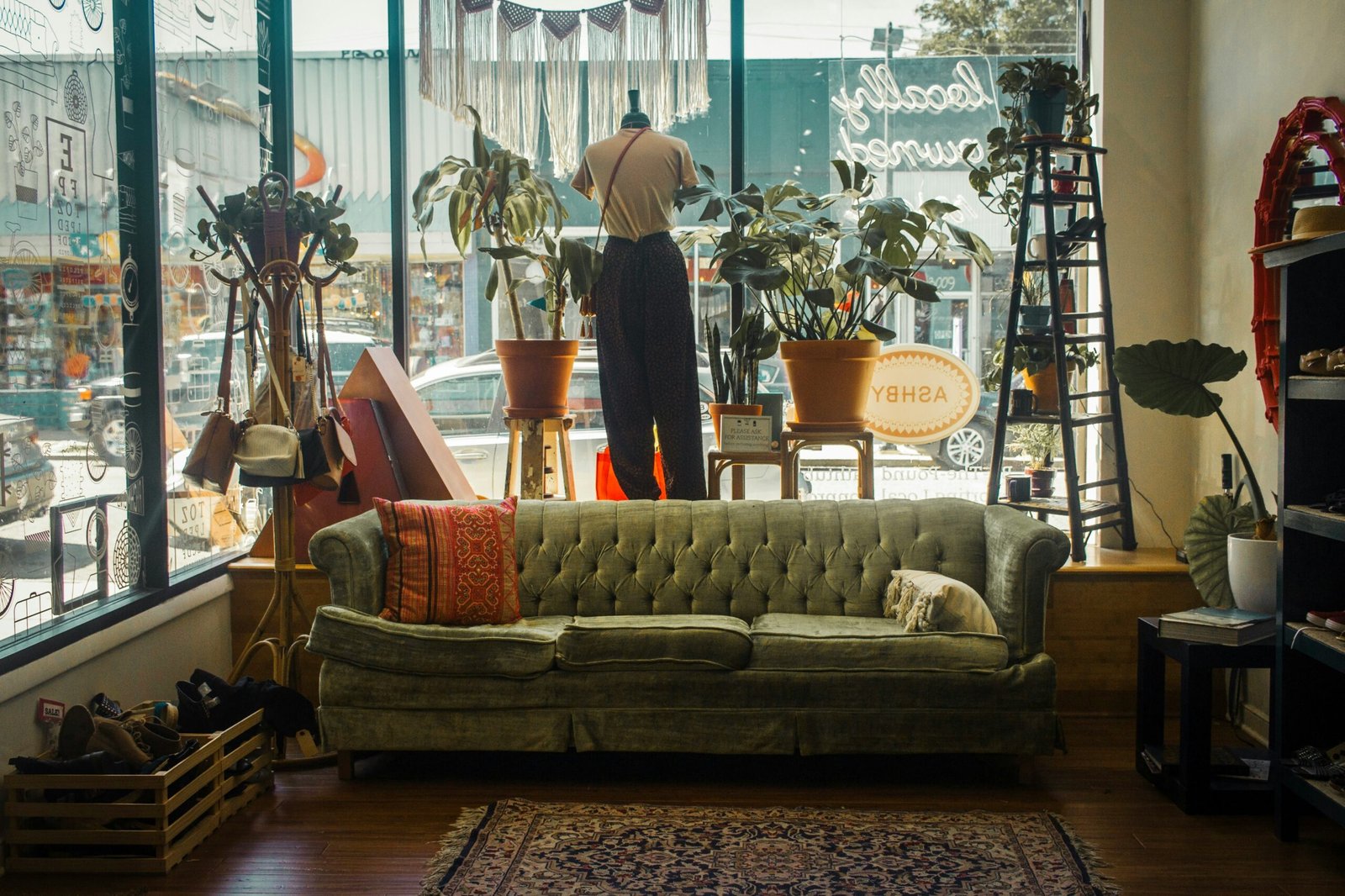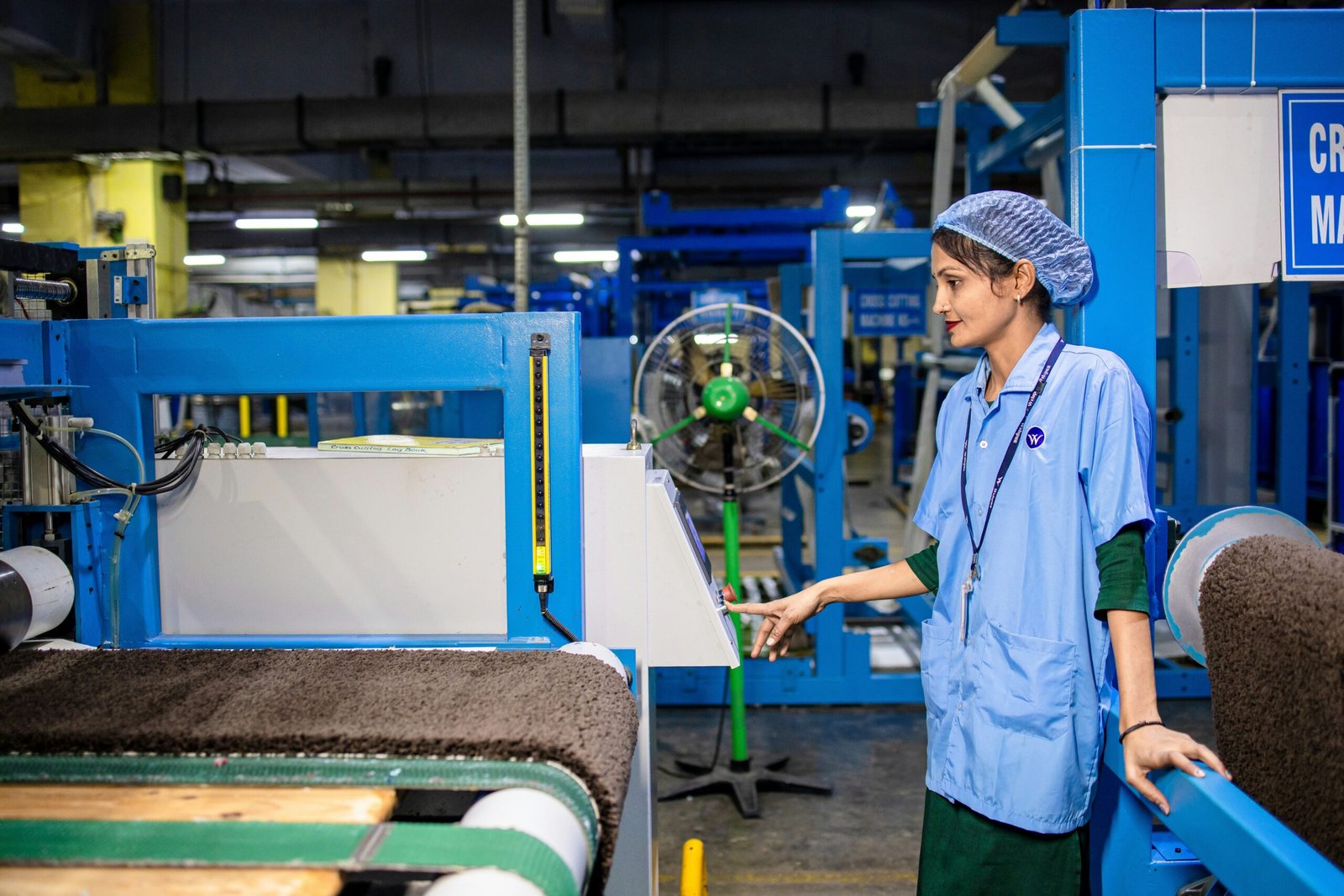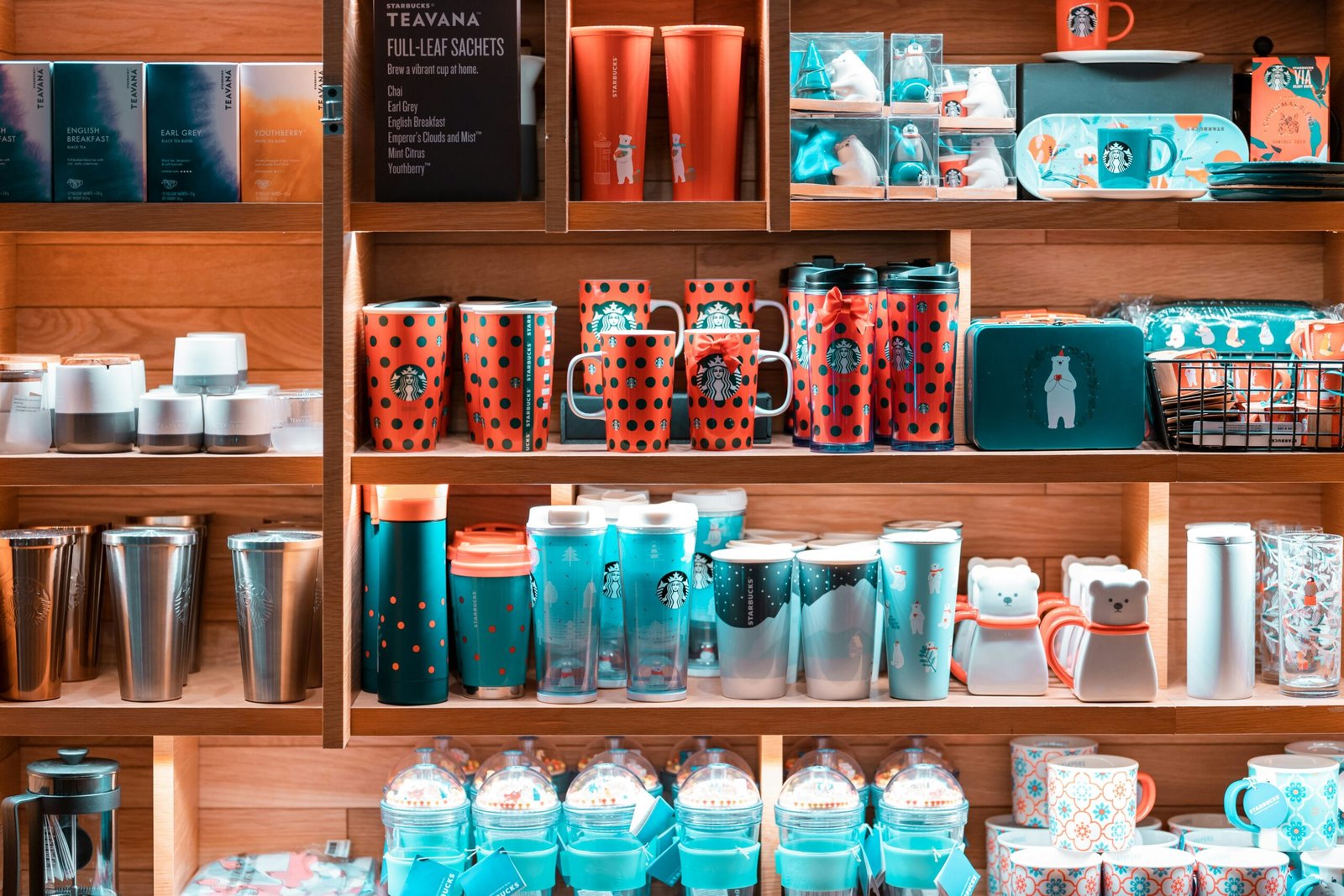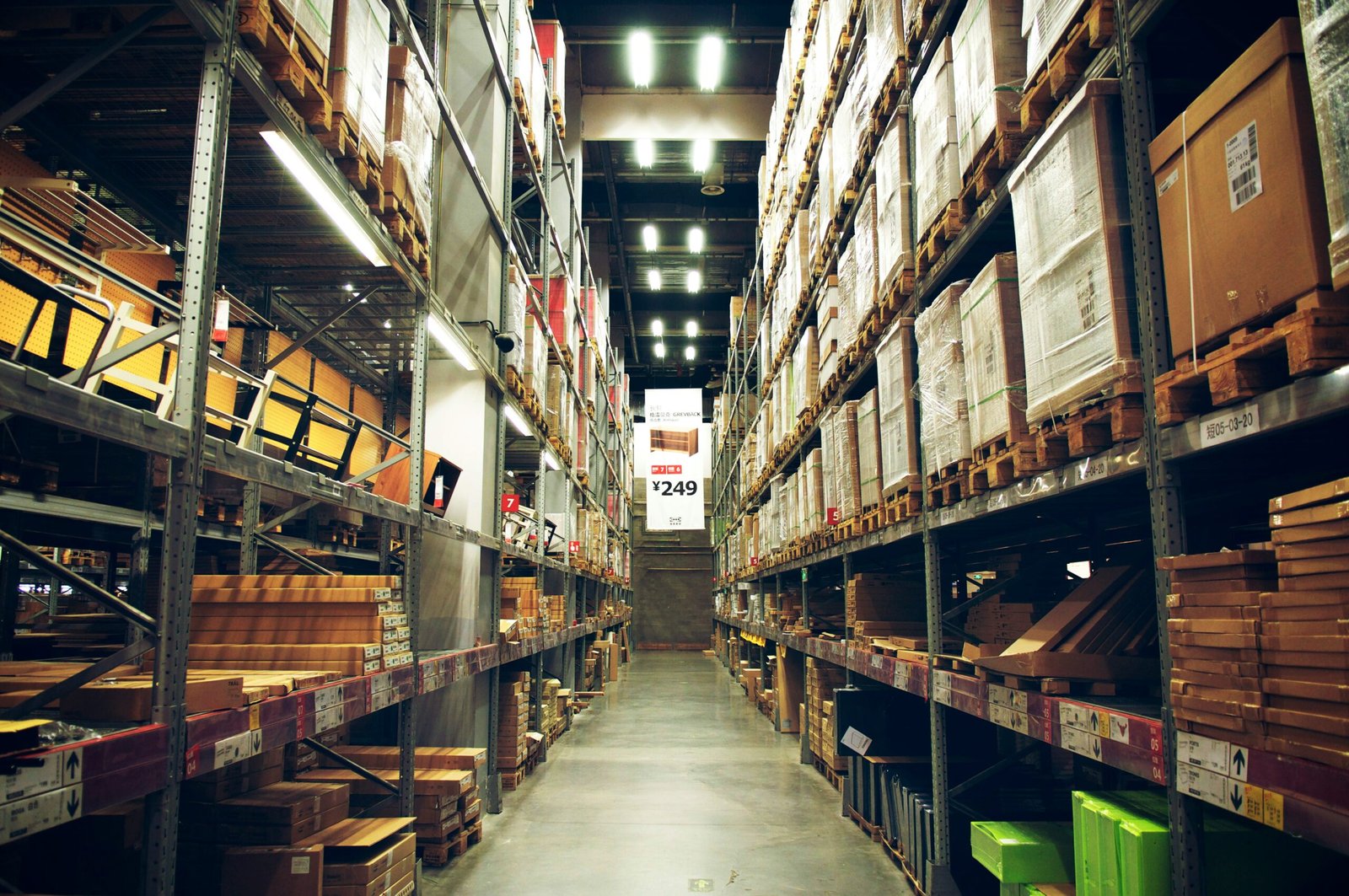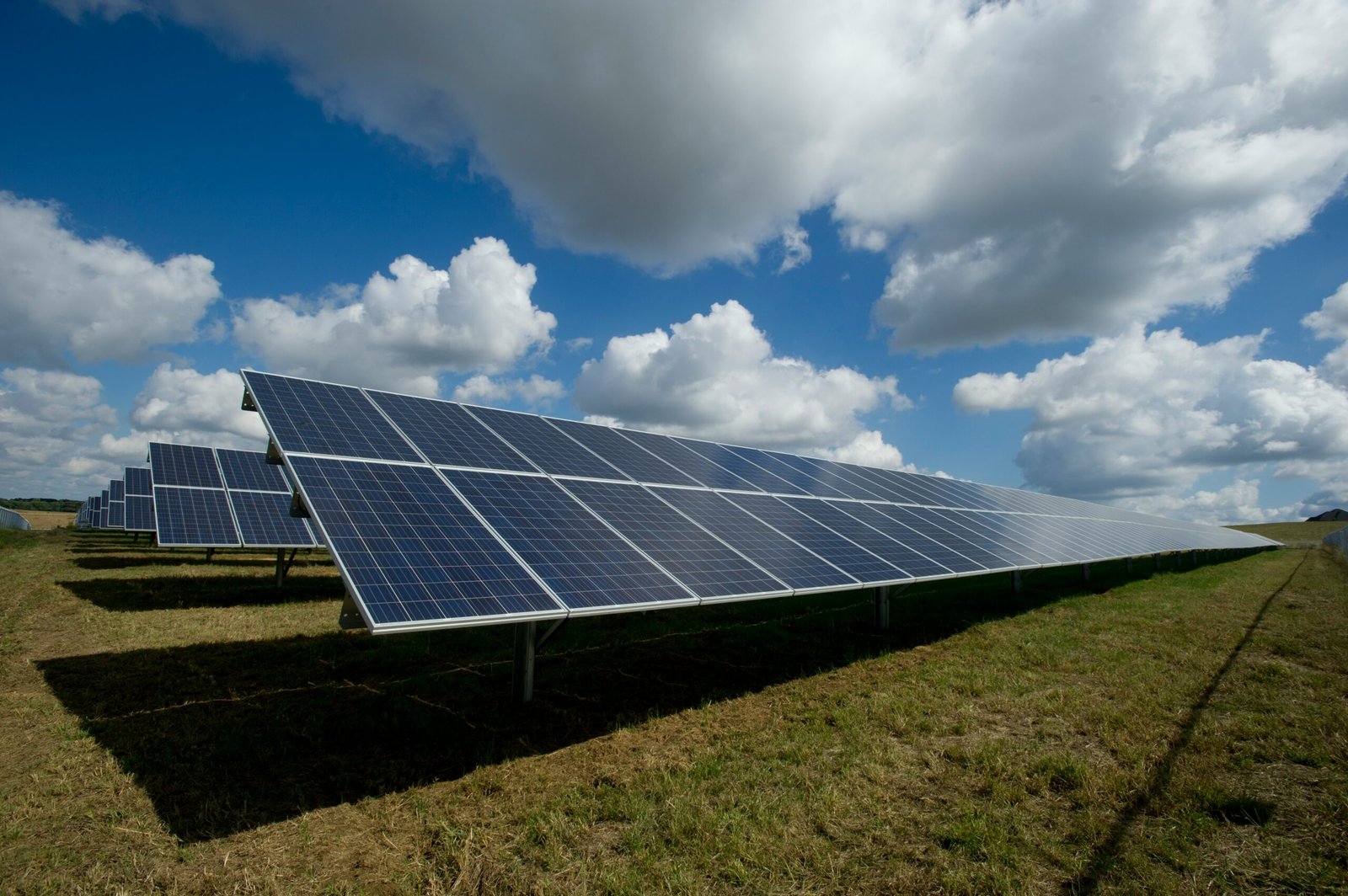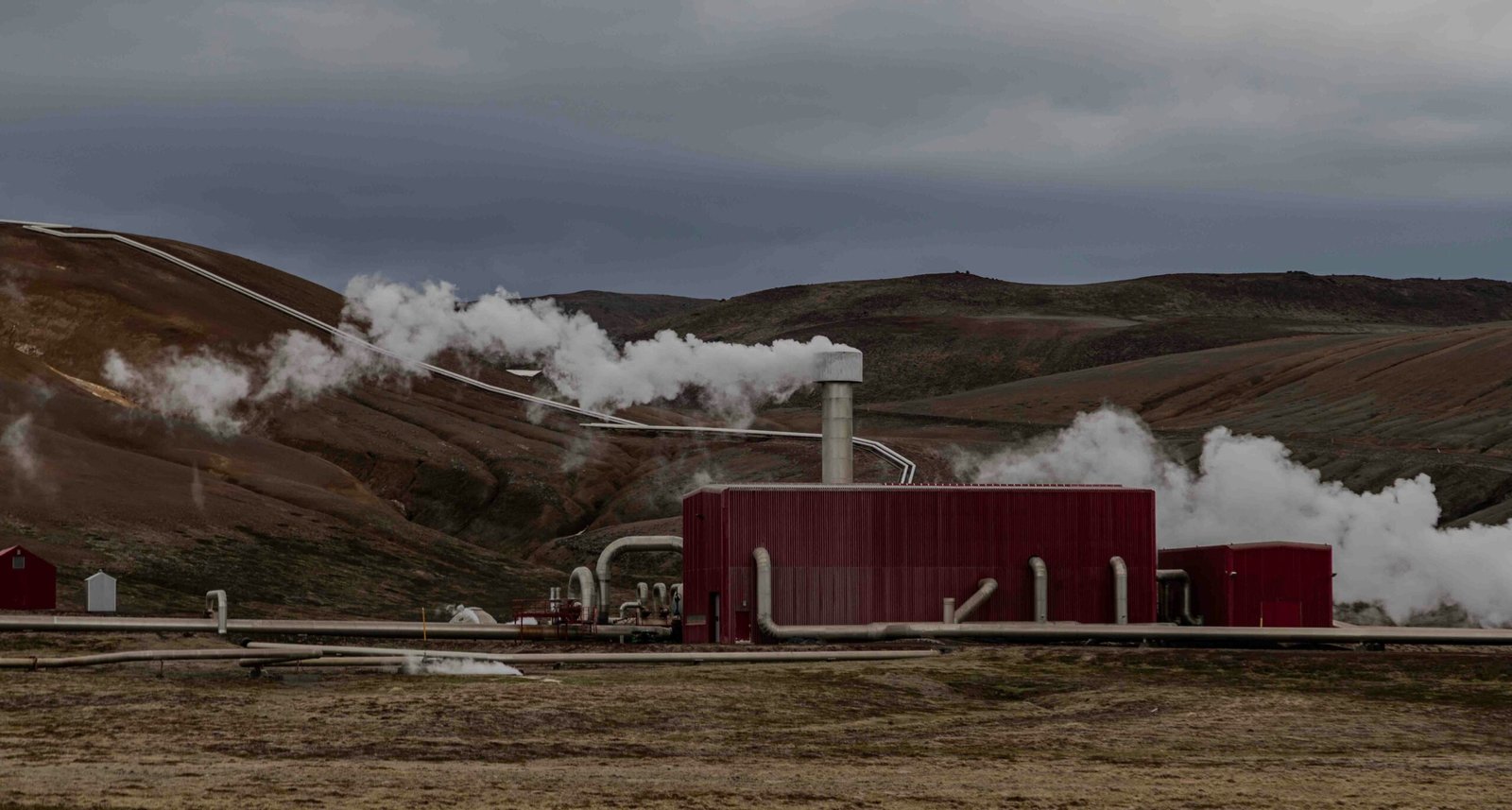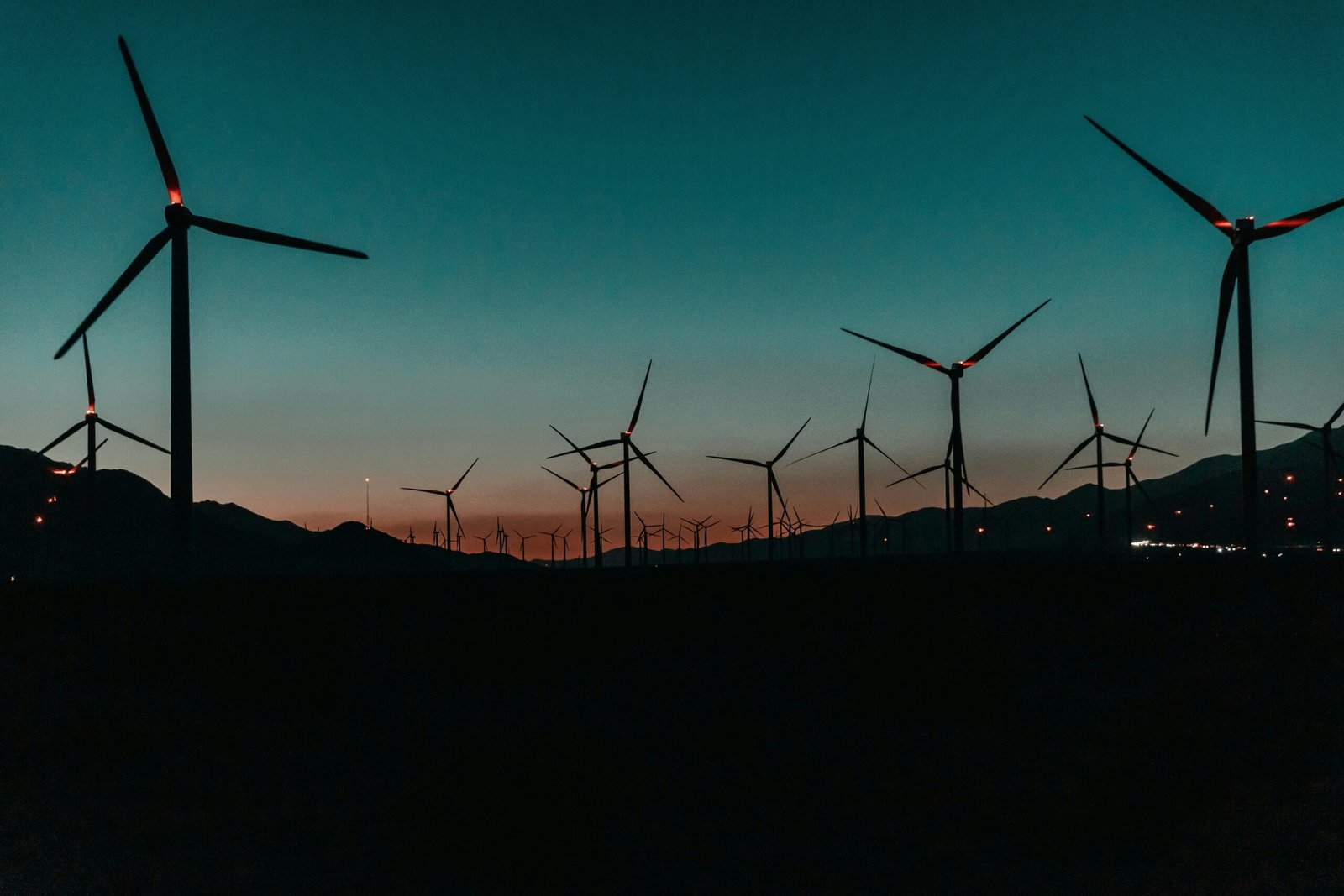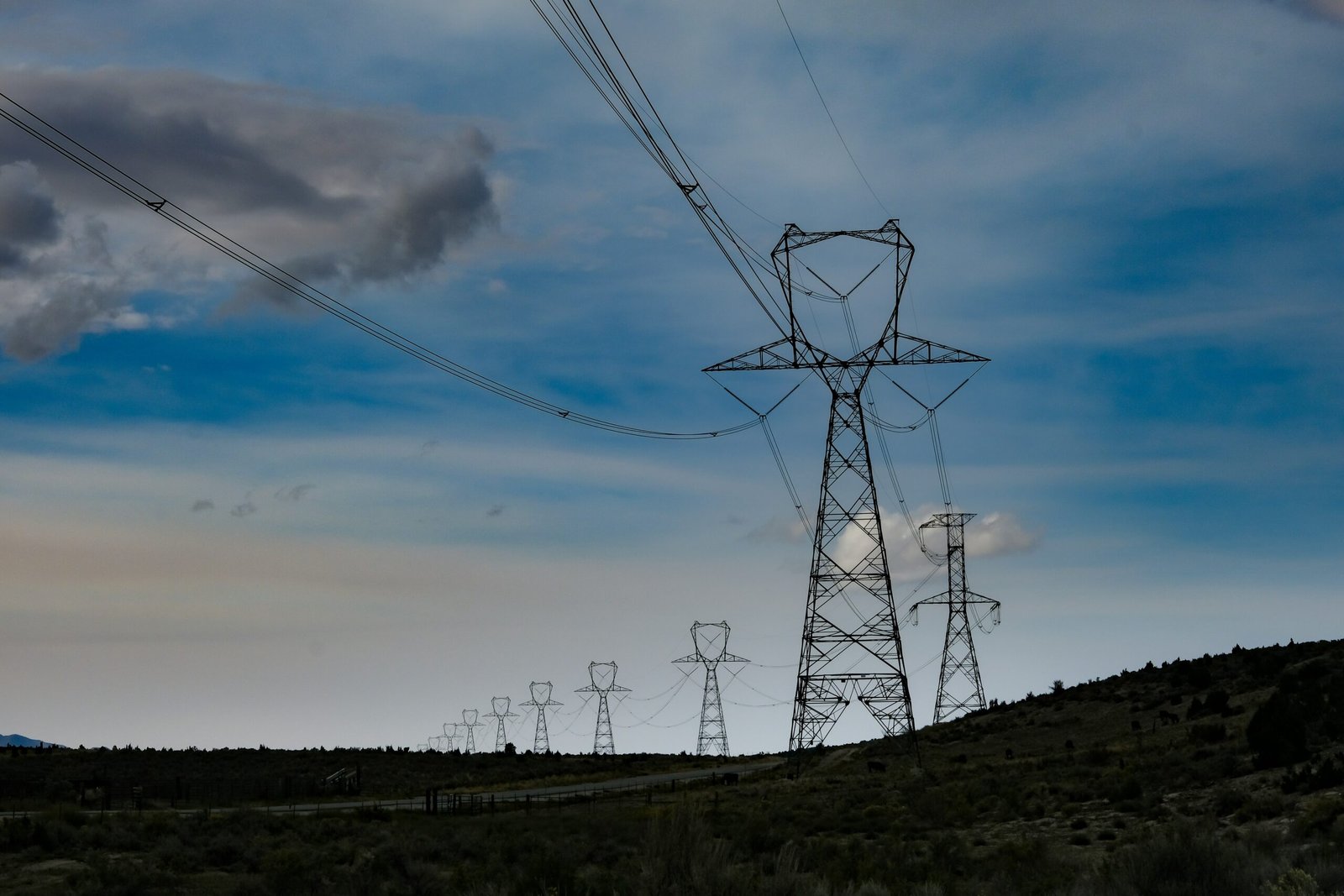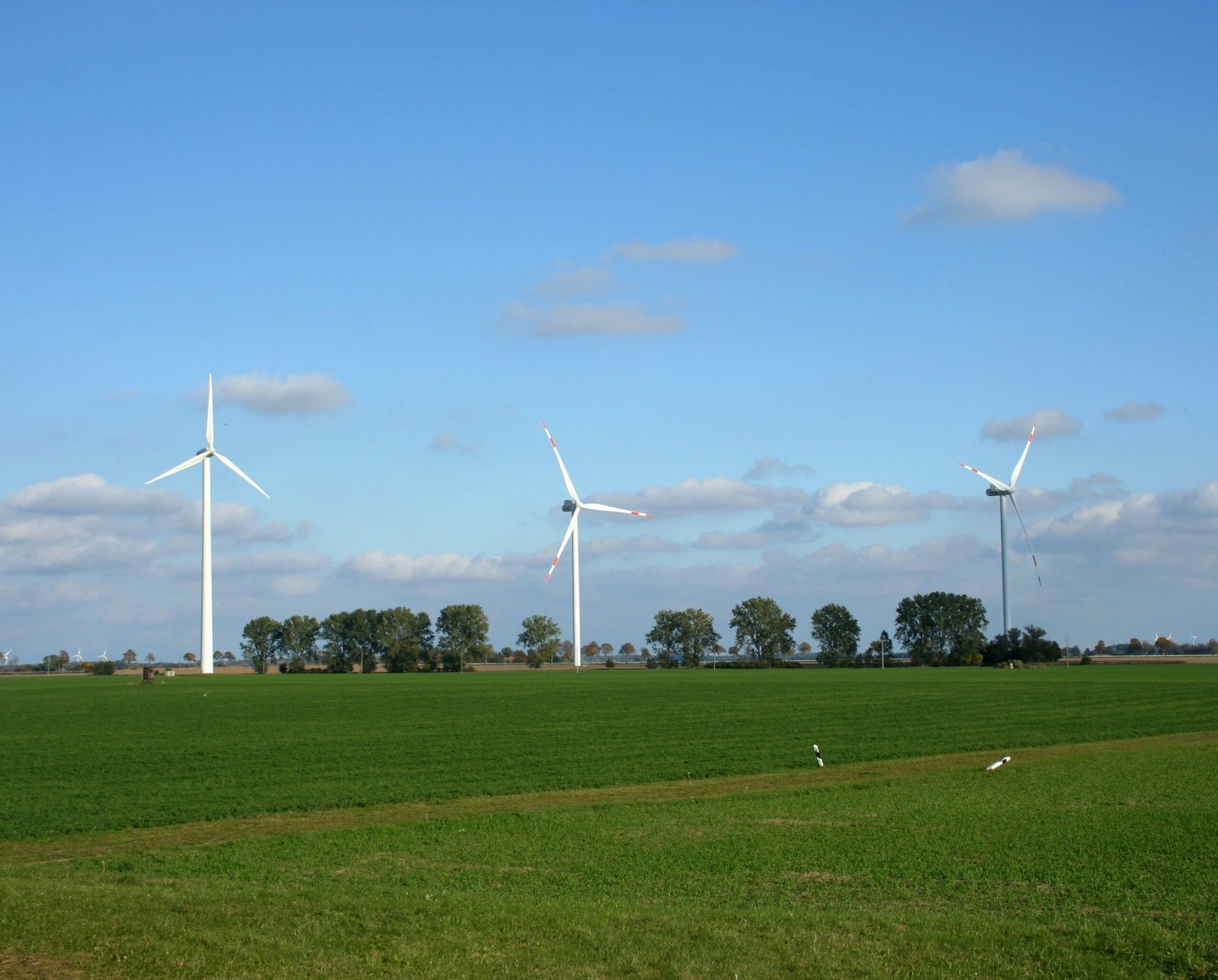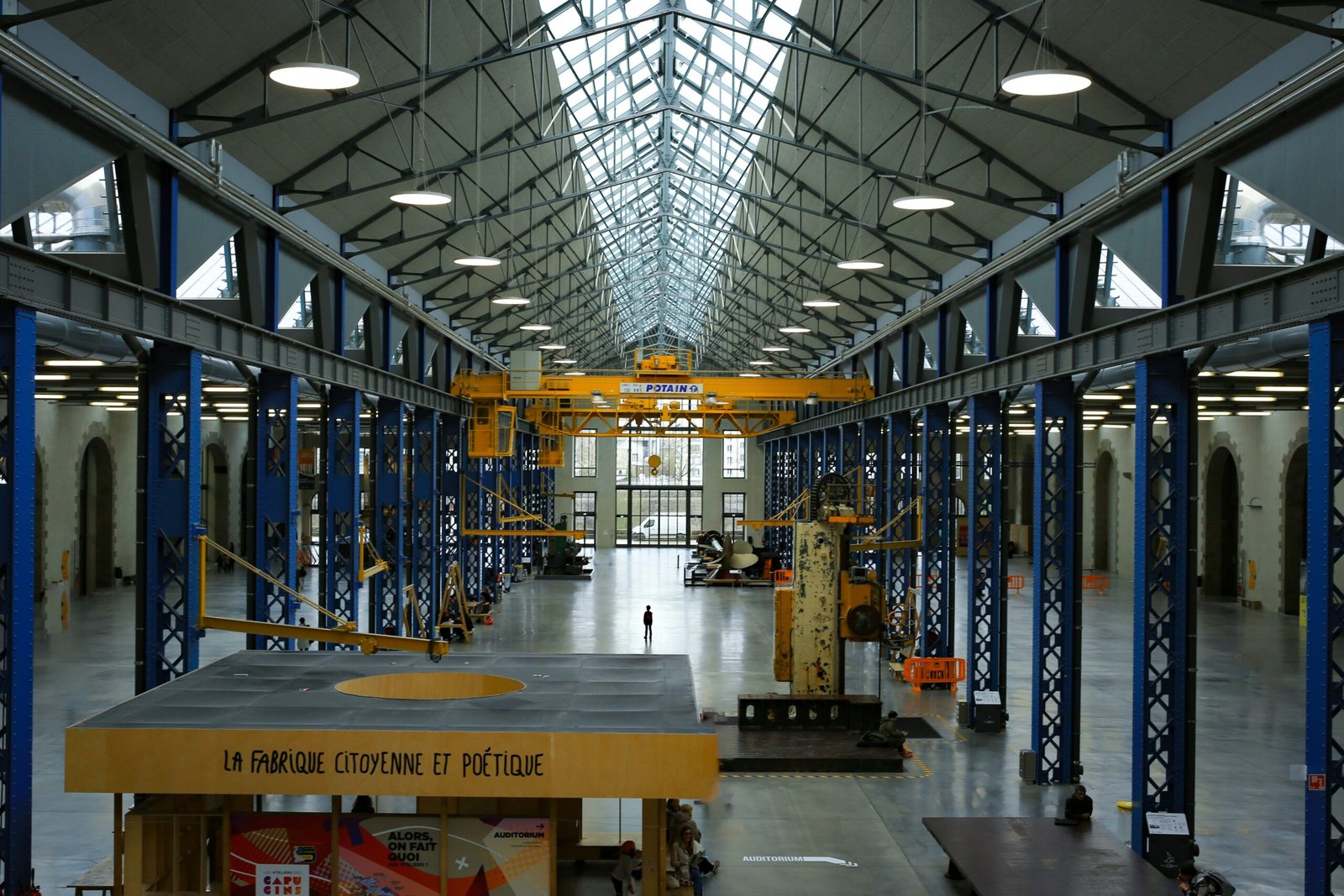Introduction
it is an expression of personality, lifestyle, and cultural influence. In the United States, interior design has evolved to reflect both modern trends and timeless traditions, creating unique living environments that blend aesthetics and functionality. From minimalistic layouts to bold artistic statements, American homes today embrace a variety of décor styles that cater to diverse preferences.
This article explores the top home décor styles shaping American homes, the principles behind each, and how these styles influence the way people live and feel in their spaces.
1. Modern Minimalism – The Power of Simplicity
Minimalism has emerged as one of the most popular décor trends in recent years. Defined by clean lines, neutral color palettes, and uncluttered spaces, this style creates a serene and calming atmosphere. It is especially appealing to homeowners who value simplicity and a clutter-free lifestyle.
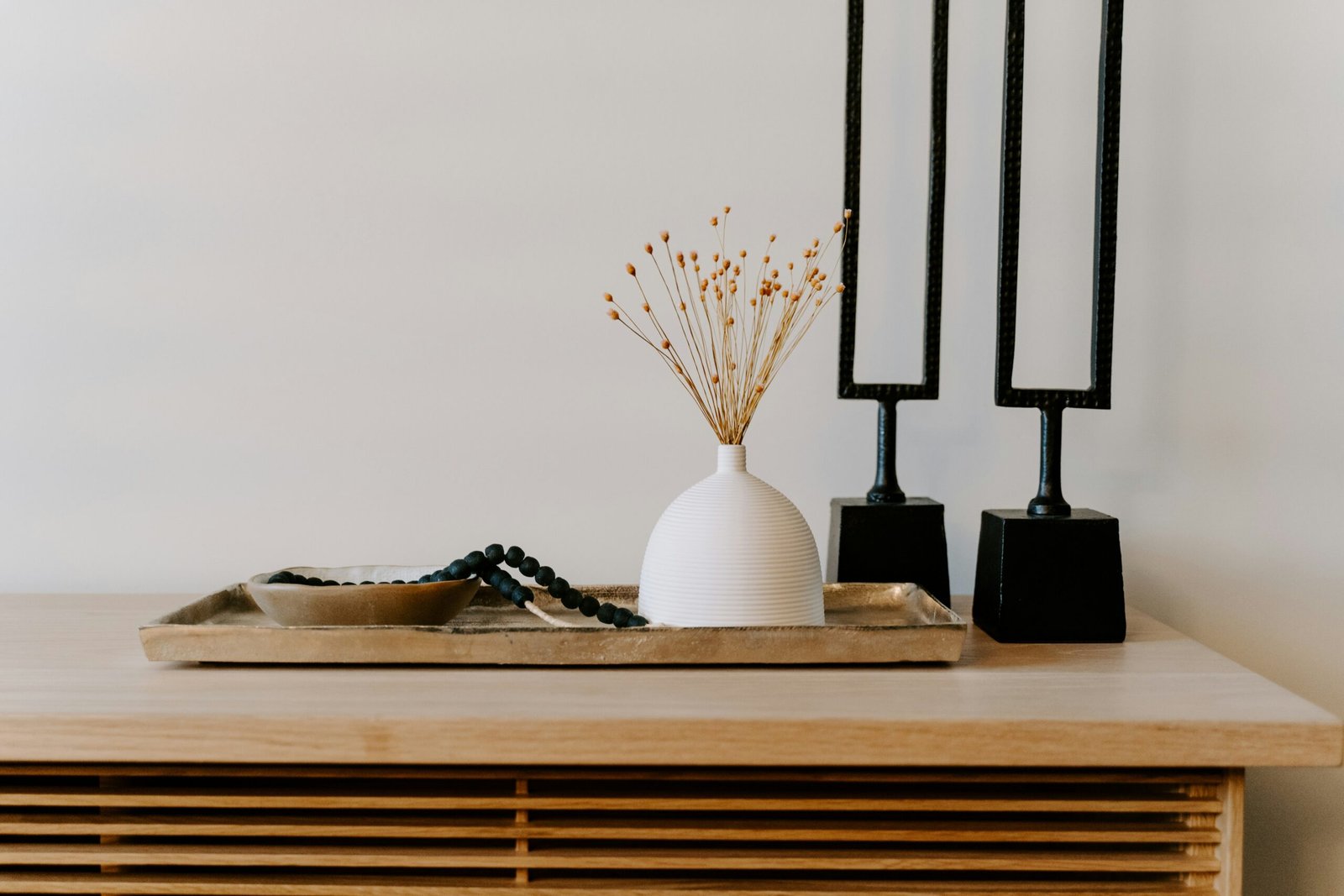
Key Characteristics
-
Neutral tones like white, beige, gray, and soft earth shades.
-
Functional furniture with sleek designs.
-
Open layouts with natural light as a focal point.
-
Limited use of decorative accents to maintain a clean look.
Why It’s Popular
Minimalism resonates with individuals seeking a stress-free environment, especially in bustling cities. Its focus on functionality and order brings a sense of balance, making it a top choice for modern American homes.
2. Farmhouse Chic – Rustic Comfort with Modern Charm
The farmhouse style combines rustic elements with contemporary flair, creating a warm, welcoming feel. Inspired by rural American homes, this design celebrates natural textures, handcrafted details, and a cozy ambiance.

Key Characteristics
-
Use of reclaimed wood, distressed finishes, and vintage décor.
-
Soft, muted colors like cream, sage, and warm gray.
-
Open shelving, barn doors, and farmhouse sinks.
-
Cozy textiles like cotton, linen, and wool.
Why It’s Popular
Farmhouse chic strikes a balance between traditional charm and modern comfort. It evokes nostalgia while offering a practical, lived-in feel that appeals to families and those who appreciate craftsmanship.
3. Mid-Century Modern – A Retro Revival
Mid-century modern décor has seen a major resurgence, driven by its timeless appeal and functional design. Originating in the mid-20th century, this style emphasizes simplicity, organic shapes, and a seamless connection between indoors and outdoors.

Key Characteristics
-
Sleek furniture with tapered legs and geometric shapes.
-
Earthy tones combined with vibrant accent colors like mustard, teal, and burnt orange.
-
Minimal ornamentation with a focus on form and function.
-
Integration of natural wood, glass, and metal materials.
Why It’s Popular
This style appeals to homeowners who appreciate retro design with a contemporary twist. Its clean aesthetic and timeless charm make it a versatile choice for modern living.
4. Coastal Living – A Breath of Ocean Air
The coastal décor style brings the calming essence of seaside living into American homes. Light, airy, and relaxed, this style creates a vacation-like vibe that feels refreshing year-round.

Key Characteristics
-
Soft shades of blue, white, and sandy neutrals.
-
Natural materials like rattan, jute, and driftwood.
-
Nautical elements such as seashells, rope details, and ocean-inspired artwork.
-
Large windows and sheer curtains to maximize natural light.
Why It’s Popular
Coastal décor is perfect for those who love a tranquil, breezy atmosphere. It is widely embraced in coastal states but also finds popularity inland as a way to create an escape-like retreat at home.
5. Industrial Style – Raw, Urban Edge
Industrial décor draws inspiration from old warehouses, factories, and lofts, giving homes a raw, edgy character. With exposed brick walls, metal accents, and reclaimed wood, this style creates a rugged yet sophisticated look.

Key Characteristics
-
Open floor plans with high ceilings.
-
Use of raw materials like steel, brick, and concrete.
-
Neutral color schemes with darker undertones like charcoal and deep brown.
-
Functional furniture with a vintage or reclaimed look.
Why It’s Popular
Industrial style appeals to urban dwellers and those who enjoy a modern yet rugged feel. Its blend of practicality and aesthetics makes it a top choice for city apartments and loft conversions.
6. Bohemian (Boho) Vibes – Free-Spirited and Eclectic
Bohemian décor is perfect for those who love color, texture, and individuality. It embraces a free-spirited approach to design, mixing patterns, cultural influences, and personal touches.

Key Characteristics
-
Vibrant color schemes with bold patterns and textures.
-
Layered textiles such as rugs, throws, and cushions.
-
Handcrafted furniture and global accents like Moroccan lanterns or Indian tapestries.
-
An abundance of plants to bring life and nature indoors.
Why It’s Popular
Boho décor celebrates creativity and personal expression. It appeals to homeowners who prefer a relaxed, unconventional style that feels both artistic and inviting.
7. Scandinavian Simplicity – Functional Comfort
Scandinavian décor, inspired by Nordic design principles, combines functionality, simplicity, and warmth. It is known for creating clean, cozy environments that feel modern yet inviting.
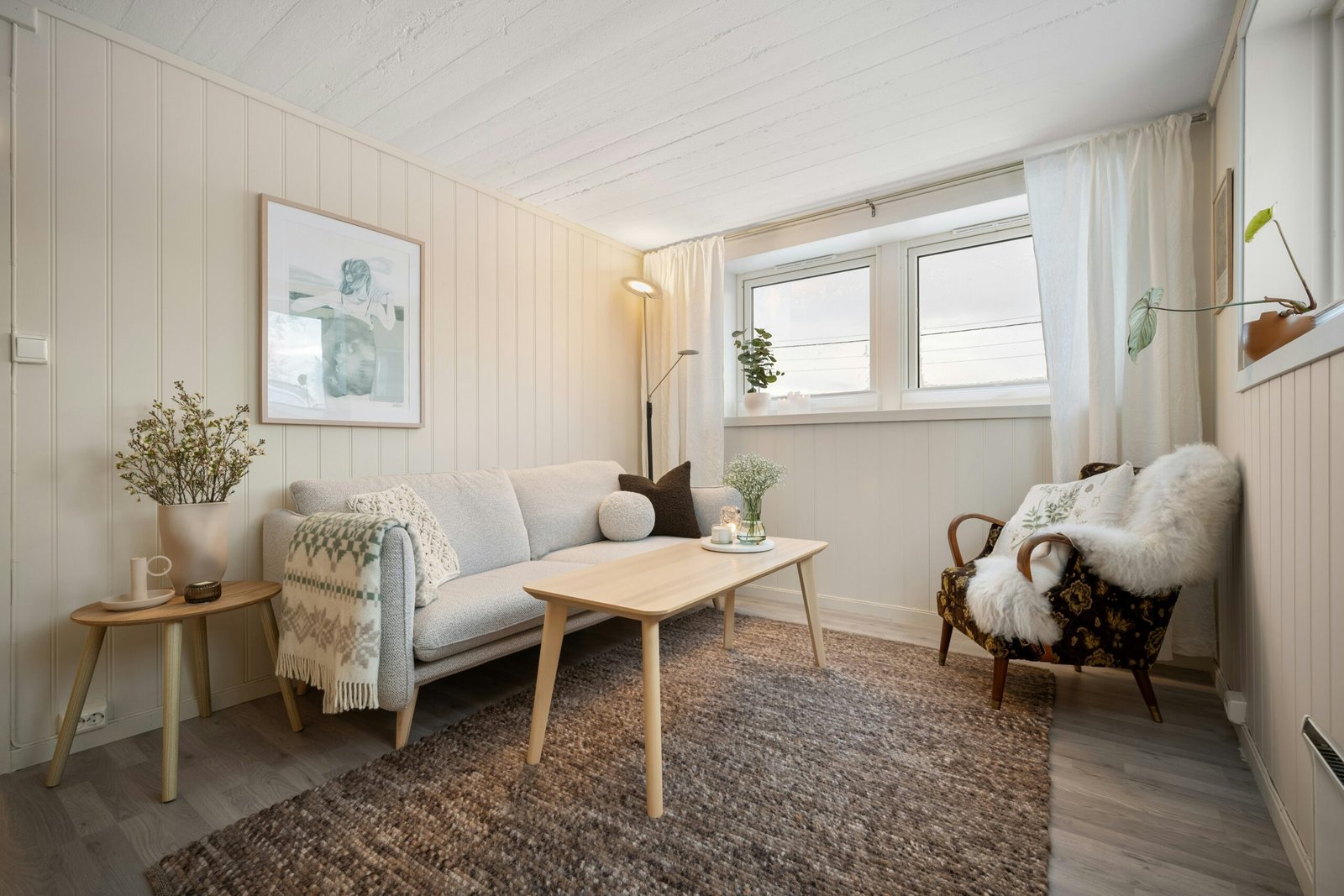
Key Characteristics
-
Neutral tones with pops of muted pastels.
-
Light wood furniture and simple, functional designs.
-
Cozy elements like faux fur, knitted blankets, and warm lighting.
-
Minimal décor with an emphasis on comfort and utility.
Why It’s Popular
This style is favored for its calming and practical appeal. It’s perfect for creating bright and airy spaces, especially in homes where natural light is abundant.
8. Contemporary Glam – Sophisticated Elegance
For those who love a touch of luxury, contemporary glam décor combines modern design with opulent accents. It blends sleek lines with rich textures to create an upscale and polished atmosphere.

Key Characteristics
-
Bold contrasts of black, white, and metallic tones like gold or silver.
-
Statement lighting fixtures such as chandeliers or modern pendants.
-
Plush fabrics like velvet, silk, and faux fur.
-
Reflective surfaces – mirrors, glass, and polished finishes.
Why It’s Popular
Contemporary glam appeals to homeowners who enjoy sophistication and drama in their living spaces. It exudes elegance while maintaining a modern sensibility.
9. Transitional Style – The Best of Both Worlds
Transitional décor bridges the gap between traditional and modern styles, offering the perfect blend of classic elegance and contemporary freshness.

Key Characteristics
-
Neutral color palettes with soft contrasts.
-
A mix of traditional furniture and modern accents.
-
Balanced use of textures, fabrics, and finishes.
-
Simple yet refined décor elements.
Why It’s Popular
This style is ideal for those who love both timeless and modern aesthetics. It creates a harmonious look that feels neither too old-fashioned nor too stark.
10. Sustainable & Eco-Friendly Décor – Conscious Living
Sustainability is becoming a core value in American interior design. Homeowners are increasingly opting for eco-friendly décor choices that are stylish and environmentally responsible.

Key Characteristics
-
Use of reclaimed wood, recycled materials, and eco-certified products.
-
Incorporation of indoor plants for natural air purification.
-
Energy-efficient lighting and sustainable textiles.
-
Minimal waste and emphasis on durability.
Why It’s Popular
This style aligns with a growing awareness of environmental impact. It allows homeowners to create beautiful spaces while supporting sustainable practices.
Final Thoughts
Home décor is no longer just about aesthetics; it is about lifestyle, self-expression, and comfort. Whether it’s the sleek lines of modern minimalism, the nostalgic charm of farmhouse chic, or the eco-conscious appeal of sustainable décor, American homes reflect a diverse range of styles. Each trend allows individuals to create a space that resonates with their personality while adapting to changing tastes and cultural influences.




